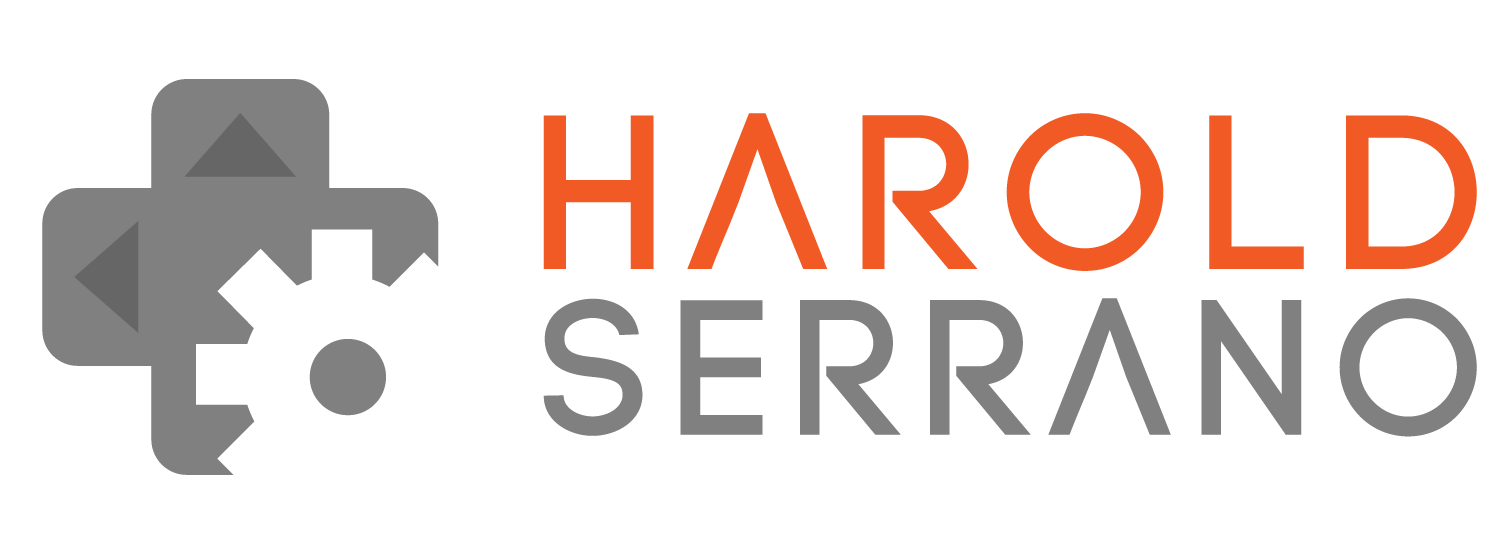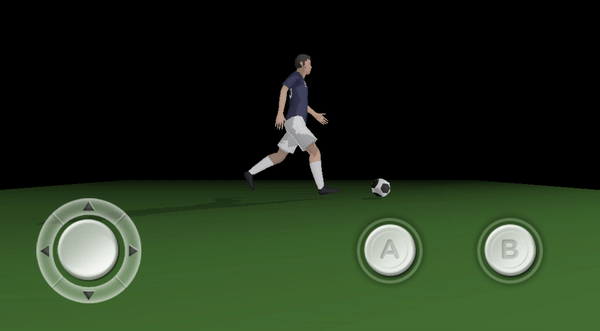Recently I was analyzing how I was able to develop a game engine. It was a complex project which took approximately 15,330 hours. All in all, the basic framework of the engine took about three years to complete. So, how was I able to complete such enormous task?
I turned coding into a habit
Developing a game, app or a game engine can turn into a chaotic process if you don't break it down into simple tasks. And it can become overwhelming if you try to code things all at once. For example, the hardest part of a game engine is developing the physics engine. There are so many moving parts in a physics engine that can overwhelm anyone.
I manage this complex project by doing the following: For a particular feature of the engine, I would write down which Class I should implement. Then, I would write down all the methods/functions necessary for the Class. Then, instead of saying: "Today, I will implement Class X," I would instead focus on implementing ONLY one method/function a day. The key here is that I trained my brain to code every day. Even if I coded for only 15 mins, I still showed up to code every day.
By the second year of development, coding had become a lifestyle for me; just like working out and eating healthy is to me. The day I didn't code, it felt awkward. And I would find myself coding even if I wasn't planning to do so.
I used pen and paper before coding
I learned that using pen and paper before coding can save you hours of development. The first iteration of the engine was a total mess. I ended up throwing it into the trash can. The second time around, I started sketching the game engine operations, methods, classes on paper way before I started to code.
Nowadays, if I'm about to implement a method/function, I usually draw a sketch of its operation and how it may affect other parts of the engine. Having a sketch of what you are about to implement not only saves you hours of work, but it can help you avoid bugs which you may be introducing into your app unconsciously.
I used the power of visualization
You may think this is crazy, but trust me, it works. Visualizing the finish line is the most useful thing if you want to achieve your goals.
It took me about a year to implement the Collision Detection System of the engine. As I implemented the collision detection features, I would visualize the features working way before they were completed. For example, instead of me saying, "I'm implementing the GJK algorithm" I would say to myself "I'm DONE implementing the GJK algorithm" and I would visualize 3D objects colliding on the screen.
Call me crazy, but for some reason visualizing the finish line way before you cross it is a powerful tool. It worked for me, who knows it may also work for you.
Hope these tips can be of use to you.




















